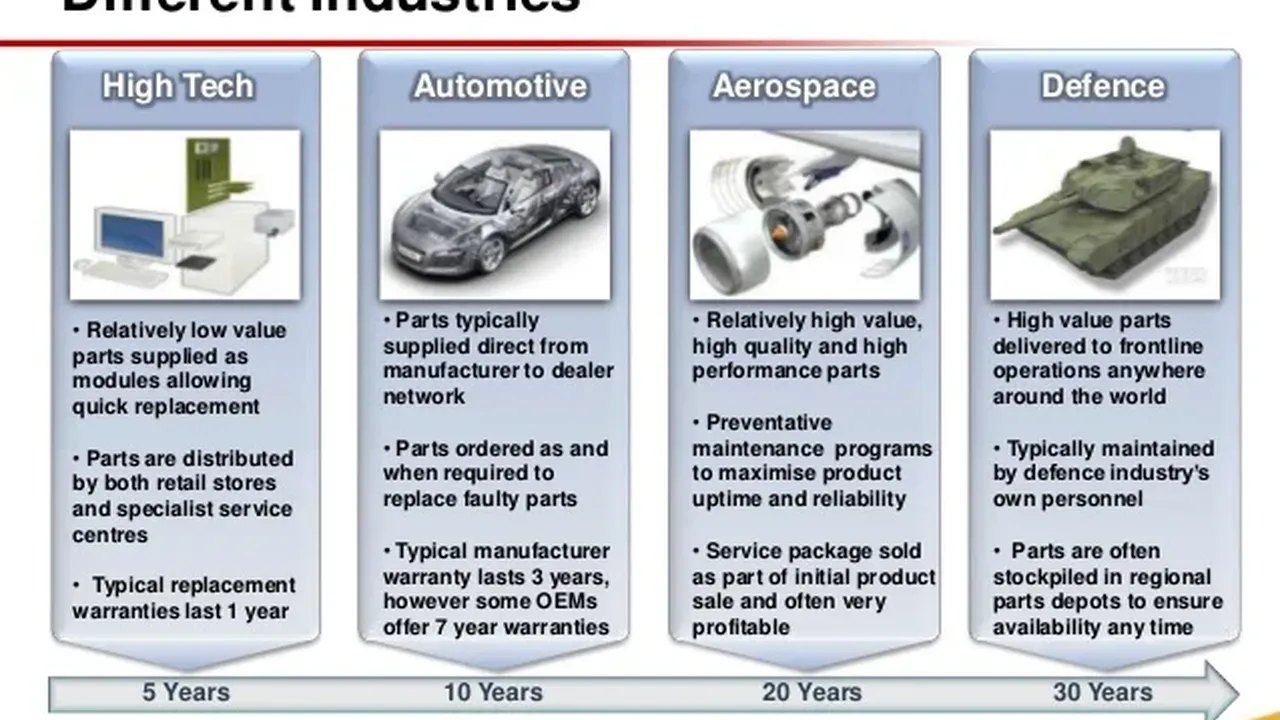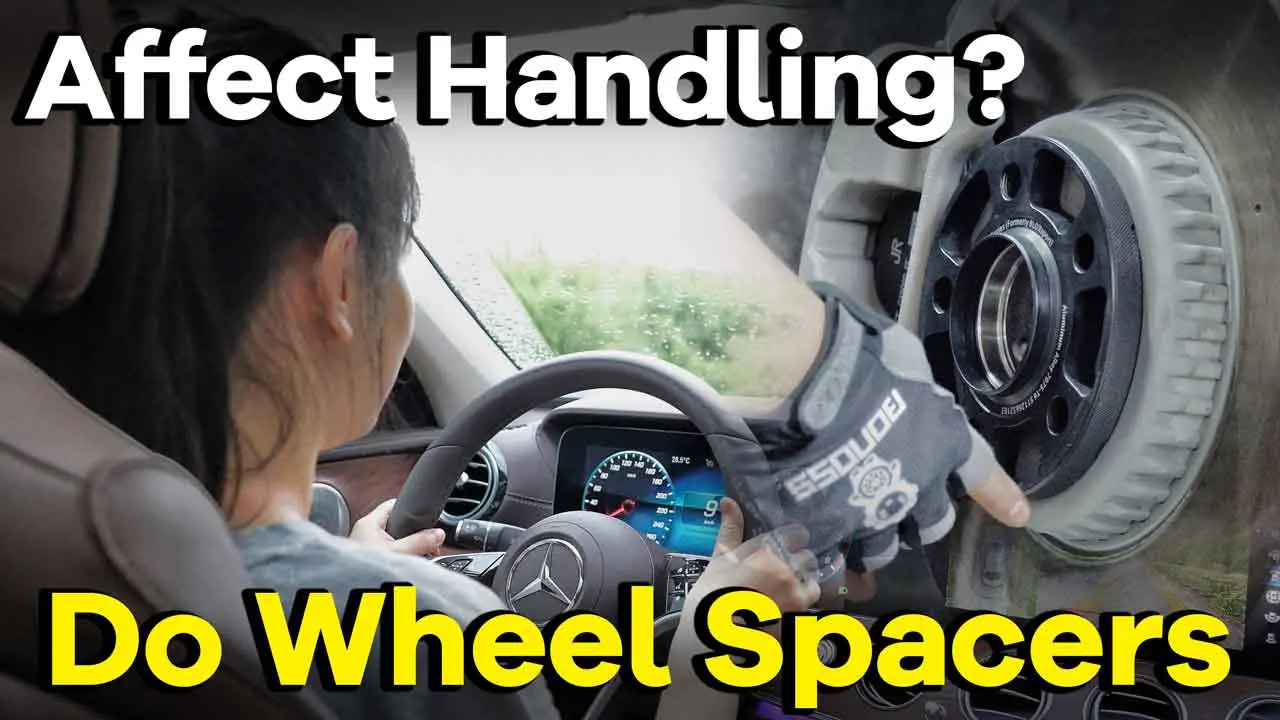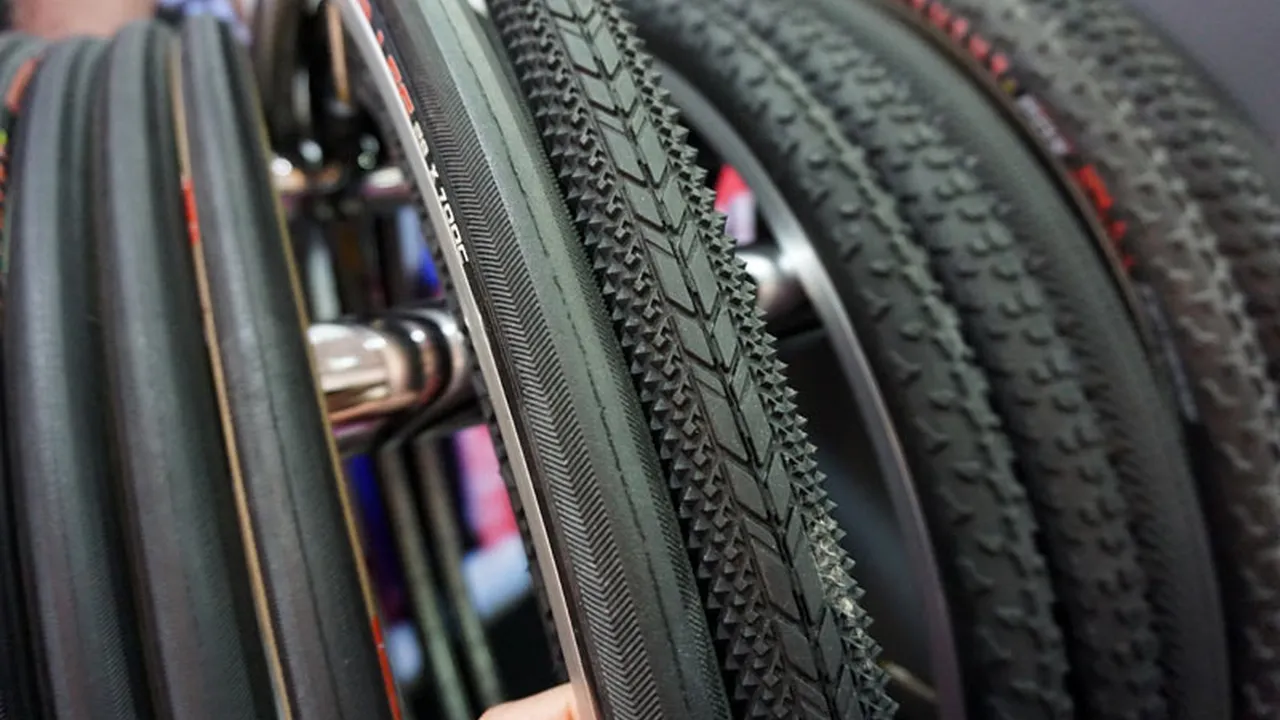How to Repair a Flat Tire on the Trail: A Step-by-Step Guide
Packing efficiently is essential for a successful overlanding trip. Follow our checklist to ensure you have everything you need. Be prepared for any situation with our helpful tips. Maximize your enjoyment of the outdoors.

Overlanding Trip Packing Essentials Ensuring a Safe and Comfortable Journey
So, you're planning an overlanding adventure? Awesome! But before you hit the trails, let's talk about packing. Proper packing isn't just about bringing the right gear; it's about ensuring your safety, comfort, and overall enjoyment of the experience. Overlanding is different from typical camping. You need to be self-sufficient, prepared for varying conditions, and ready to tackle unexpected challenges. This checklist will help you pack like a pro, covering everything from essential survival gear to those little comforts that can make a big difference.
Overlanding Vehicle Gear Must-Haves for Navigating the Terrain
Your vehicle is your lifeline on an overlanding trip. Make sure it's equipped with the necessary gear to handle the terrain and any mechanical issues that might arise.
- Recovery Gear: This is non-negotiable. You will get stuck eventually.
- Winch: A good quality winch (e.g., Warn Zeon 10-S, around $1500) can be a lifesaver. Make sure it's properly rated for your vehicle's weight.
- Recovery Straps: Kinetic recovery straps (e.g., Bubba Rope, around $200) are designed to stretch and help pull you out of tough spots.
- Shackles: D-ring shackles (e.g., ARB Bow Shackle, around $30 each) are used to connect your straps to the vehicle's recovery points.
- Traction Boards: Maxtrax (around $300 for a pair) are lightweight and provide excellent traction in mud, sand, and snow.
- Shovel: A sturdy shovel (e.g., DMOS Stealth Shovel, around $200) is essential for digging your vehicle out.
- Tire Repair Kit: Flat tires are common. Be prepared to fix them yourself.
- Tire Plug Kit: A basic tire plug kit (e.g., ARB Speedy Seal Tire Repair Kit, around $50) can fix small punctures.
- Air Compressor: A portable air compressor (e.g., ARB Twin Motor Air Compressor, around $300) allows you to reinflate your tires after repairs or to adjust tire pressure for different terrains.
- Tire Pressure Gauge: Accurate tire pressure is crucial. A digital gauge (e.g., Smittybilt Digital Tire Inflator/Deflator, around $40) provides precise readings.
- Navigation: Don't rely solely on your phone.
- GPS Unit: A dedicated GPS unit (e.g., Garmin Overlander, around $800) with preloaded topographic maps is a must-have.
- Paper Maps & Compass: Always have a backup! Learn how to use them.
- Communication: Staying connected is vital, especially in remote areas.
- Satellite Communicator: A satellite communicator (e.g., Garmin inReach Mini 2, around $400 plus subscription) allows you to send and receive messages, track your location, and call for help in emergencies.
- Two-Way Radio: A CB radio or GMRS radio (depending on your needs and local regulations) can be useful for communicating with other vehicles in your group.
- Tools & Spare Parts: Carry a basic toolkit and essential spare parts.
- Socket Set, Wrenches, Screwdrivers: A comprehensive set of tools is essential for basic repairs.
- Duct Tape, Zip Ties: These can fix almost anything temporarily.
- Spare Fuses, Belts, Hoses: Common failure points.
- Oil, Coolant, Brake Fluid: Keep your fluids topped up.
Overlanding Camping Gear Creating a Comfortable Base Camp
Your campsite is where you'll relax and recharge after a long day of driving. Invest in quality gear that will provide comfort and protection from the elements.
- Tent: Choose a tent that's durable, weatherproof, and easy to set up.
- Roof Top Tent (RTT): RTTs (e.g., Tepui Autana, around $2000) offer convenience and keep you off the ground, away from critters.
- Ground Tent: A quality ground tent (e.g., MSR Hubba Hubba NX, around $450) is a lighter and more affordable option.
- Sleeping Bag & Pad: A warm sleeping bag and comfortable sleeping pad are essential for a good night's sleep.
- Down Sleeping Bag: Down bags (e.g., Feathered Friends Flicker UL Quilt, around $500) are lightweight and highly compressible.
- Synthetic Sleeping Bag: Synthetic bags (e.g., Kelty Cosmic 20, around $150) are more affordable and perform better in wet conditions.
- Sleeping Pad: A self-inflating sleeping pad (e.g., Therm-a-Rest NeoAir Xlite, around $200) provides insulation and comfort.
- Camp Kitchen: Prepare delicious meals on the go.
- Camp Stove: A portable camp stove (e.g., Jetboil Genesis Basecamp System, around $350) makes cooking easy and efficient.
- Cookware Set: A lightweight cookware set (e.g., GSI Pinnacle Dualist II, around $60) with pots, pans, and utensils is essential.
- Cooler: Keep your food and drinks cold.
- Powered Cooler: Powered coolers (e.g., Dometic CFX3 55IM, around $1100) offer superior cooling performance and can be powered by your vehicle's battery.
- Ice Chest: A high-quality ice chest (e.g., Yeti Tundra 45, around $325) can keep ice for days.
- Water Filter/Purifier: Access to clean drinking water is critical.
- Water Filter: A pump-style water filter (e.g., Katadyn Hiker Pro, around $90) removes bacteria and protozoa.
- Water Purifier: A water purifier (e.g., SteriPen Adventurer Opti, around $100) uses UV light to kill viruses.
- Camp Chairs & Table: Create a comfortable dining and relaxation area.
- Camp Chairs: Lightweight and packable camp chairs (e.g., Helinox Chair One, around $130) are a must.
- Camp Table: A folding camp table (e.g., ALPS Mountaineering Mesa Table, around $70) provides a convenient surface for cooking and eating.
- Lighting: Illuminate your campsite at night.
- Headlamp: A headlamp (e.g., Black Diamond Spot 400, around $50) is essential for hands-free lighting.
- Lantern: A camp lantern (e.g., Goal Zero Lighthouse 600, around $80) provides ambient lighting.
Overlanding Personal Gear Staying Comfortable and Protected
Your personal gear is just as important as your vehicle and camping gear. Choose clothing and accessories that will keep you comfortable and protected from the elements.
- Clothing: Layering is key.
- Base Layers: Moisture-wicking base layers (e.g., Merino wool or synthetic) will keep you dry and comfortable.
- Insulating Layers: Fleece or down jackets provide warmth.
- Waterproof/Windproof Outer Layer: A waterproof and windproof jacket and pants are essential for protection from the elements.
- Hiking Boots: Sturdy hiking boots with ankle support are a must.
- Socks: Pack plenty of moisture-wicking socks.
- Hat & Gloves: Protect yourself from the sun and cold.
- Sun Protection: Protect your skin from the sun's harmful rays.
- Sunscreen: High SPF sunscreen is essential.
- Sunglasses: Protect your eyes from glare.
- Hat: A wide-brimmed hat provides shade.
- First-Aid Kit: Be prepared for minor injuries and illnesses.
- Bandages, Antiseptic Wipes, Pain Relievers: A comprehensive first-aid kit is essential.
- Medications: Pack any personal medications you need.
- Personal Hygiene Items:
- Toiletries: Toothbrush, toothpaste, soap, shampoo, etc.
- Toilet Paper: Pack plenty of toilet paper in a waterproof bag.
- Hand Sanitizer: Keep your hands clean.
Overlanding Food and Water Planning for Self-Sufficiency
Careful planning for food and water is crucial for a successful overlanding trip. You need to ensure you have enough supplies to last the entire journey.
- Water: Calculate your water needs and bring enough for drinking, cooking, and cleaning. A good rule of thumb is one gallon per person per day. Consider a water storage solution like a WaterBrick (around $30 each) or a larger water tank.
- Food: Plan your meals and pack non-perishable food items.
- Canned Goods: Beans, vegetables, and fruits are good options.
- Dried Foods: Jerky, nuts, and dried fruits are lightweight and nutritious.
- Instant Meals: Freeze-dried meals (e.g., Mountain House, around $10 per meal) are easy to prepare.
Overlanding Miscellaneous Gear The Little Things That Make a Difference
These are the items that often get overlooked but can make a big difference in your comfort and convenience.
- Knife or Multi-Tool: A good knife or multi-tool (e.g., Leatherman Wave Plus, around $100) is incredibly versatile.
- Duct Tape & Zip Ties: As mentioned before, these can fix almost anything temporarily.
- Trash Bags: Pack out all your trash.
- Camera: Capture your memories.
- Binoculars: For wildlife viewing.
- Book or E-Reader: For entertainment.
- Power Bank: To charge your electronics.
Overlanding Trip Planning Tips Maximizing Your Adventure
Beyond packing the right gear, careful trip planning is essential for a safe and enjoyable overlanding experience.
- Research Your Route: Understand the terrain, potential hazards, and available resources.
- Check the Weather Forecast: Be prepared for changing conditions.
- Tell Someone Your Plans: Let someone know your route and expected return date.
- Learn Basic Vehicle Maintenance: Knowing how to change a tire, check fluids, and perform other basic tasks can save you a lot of trouble.
- Practice Leave No Trace Principles: Pack out all your trash, minimize your impact on the environment, and respect wildlife.
Overlanding Gear Recommendations In-Depth Product Comparisons
Let's dive deeper into some specific product recommendations, comparing features and price points to help you make informed decisions.
Roof Top Tents (RTTs) Comparison
- Tepui Autana: A popular and well-regarded RTT known for its durability and spaciousness. Features a built-in annex for added living space. Price: Around $2000.
- Smittybilt Overlander: A more affordable RTT option that still offers good quality and features. Price: Around $1000.
- Thule Tepui Foothill: A low-profile RTT designed to minimize wind resistance and maximize fuel efficiency. Price: Around $2300.
Choosing the right RTT depends on your budget, vehicle size, and desired features. Consider factors like weight, ease of setup, and weather resistance.
Portable Air Compressors Comparison
- ARB Twin Motor Air Compressor: A powerful and reliable compressor that can quickly inflate tires and power air lockers. Price: Around $300.
- Viair 400P: A more affordable compressor that's still capable of inflating tires. Price: Around $200.
- Smittybilt 2781: A budget-friendly option that's suitable for occasional use. Price: Around $100.
Consider the compressor's CFM (cubic feet per minute) rating to determine how quickly it can inflate tires. Also, check its duty cycle (the amount of time it can run continuously) to ensure it meets your needs.
Satellite Communicators Comparison
- Garmin inReach Mini 2: A compact and lightweight satellite communicator that allows you to send and receive messages, track your location, and call for help in emergencies. Price: Around $400 plus subscription.
- SPOT Gen4: A more affordable satellite communicator that offers basic SOS and tracking features. Price: Around $150 plus subscription.
- Zoleo: A satellite communicator that connects to your smartphone via Bluetooth and offers a variety of messaging and SOS features. Price: Around $200 plus subscription.
Consider the features, subscription costs, and coverage area when choosing a satellite communicator.
Powered Coolers Comparison
- Dometic CFX3 55IM: A high-end powered cooler that offers exceptional cooling performance and features. Includes an integrated ice maker. Price: Around $1100.
- ARB Elements Weatherproof Fridge Freezer: A rugged and weatherproof powered cooler designed for overlanding. Price: Around $1000.
- Iceco VL45 ProS: A more affordable powered cooler that still offers good cooling performance. Price: Around $600.
Consider the cooler's capacity, cooling range, and power consumption when making your decision.
Overlanding Packing Mistakes to Avoid Lessons Learned from the Trail
Even with careful planning, it's easy to make packing mistakes. Here are some common errors to avoid, based on real-world overlanding experiences:
- Overpacking: Resist the urge to bring everything but the kitchen sink. Focus on essential items and prioritize lightweight, multi-functional gear.
- Underestimating Water Needs: Running out of water is a serious problem. Always bring more than you think you'll need.
- Ignoring Vehicle Maintenance: Neglecting basic vehicle maintenance can lead to breakdowns and delays.
- Forgetting Essential Tools: Make sure you have the tools you need to perform basic repairs.
- Not Practicing with Your Gear: Set up your tent, use your stove, and practice with your recovery gear before your trip. This will help you identify any problems and ensure you know how to use everything properly.
:max_bytes(150000):strip_icc()/277019-baked-pork-chops-with-cream-of-mushroom-soup-DDMFS-beauty-4x3-BG-7505-5762b731cf30447d9cbbbbbf387beafa.jpg)






